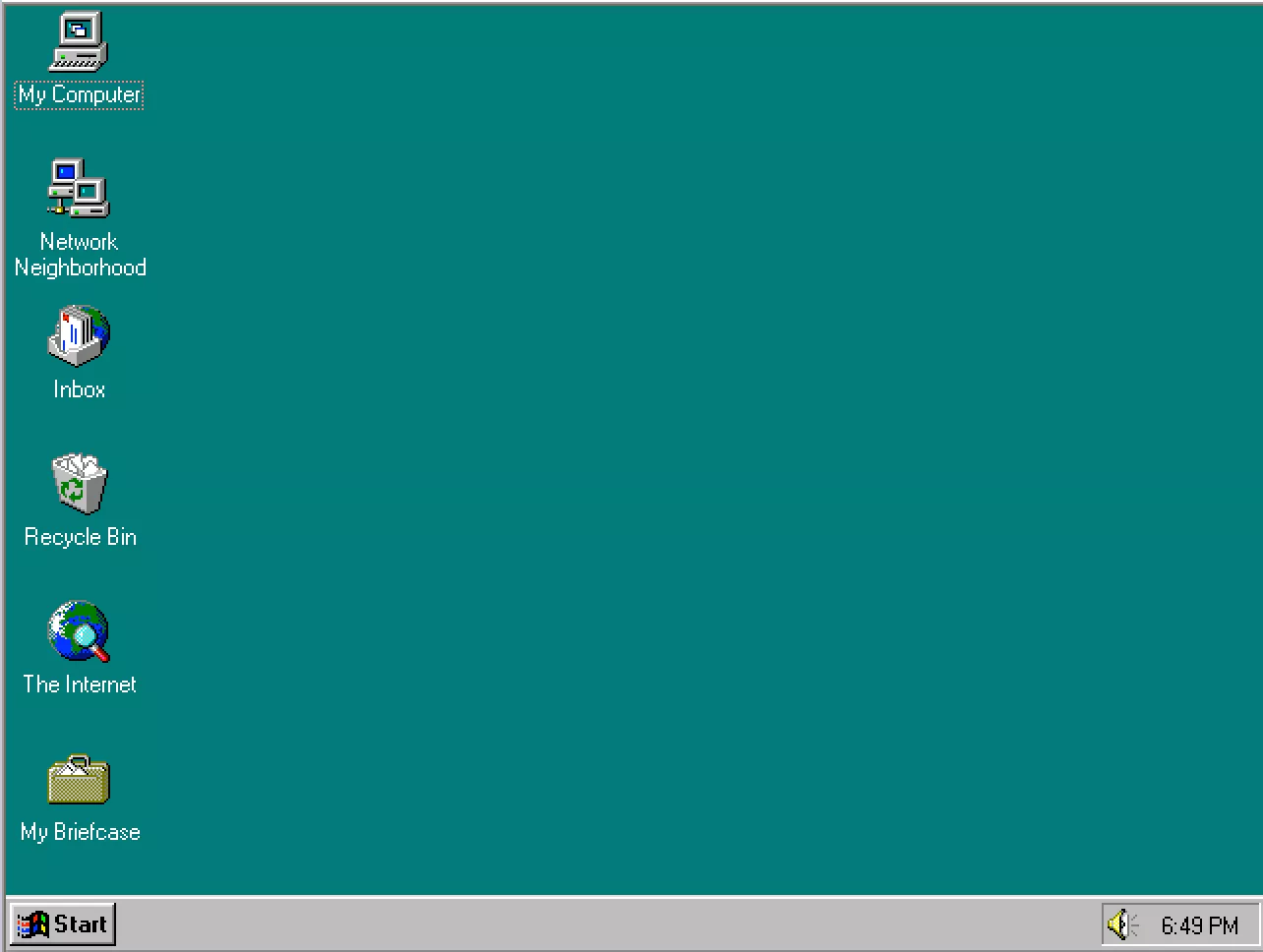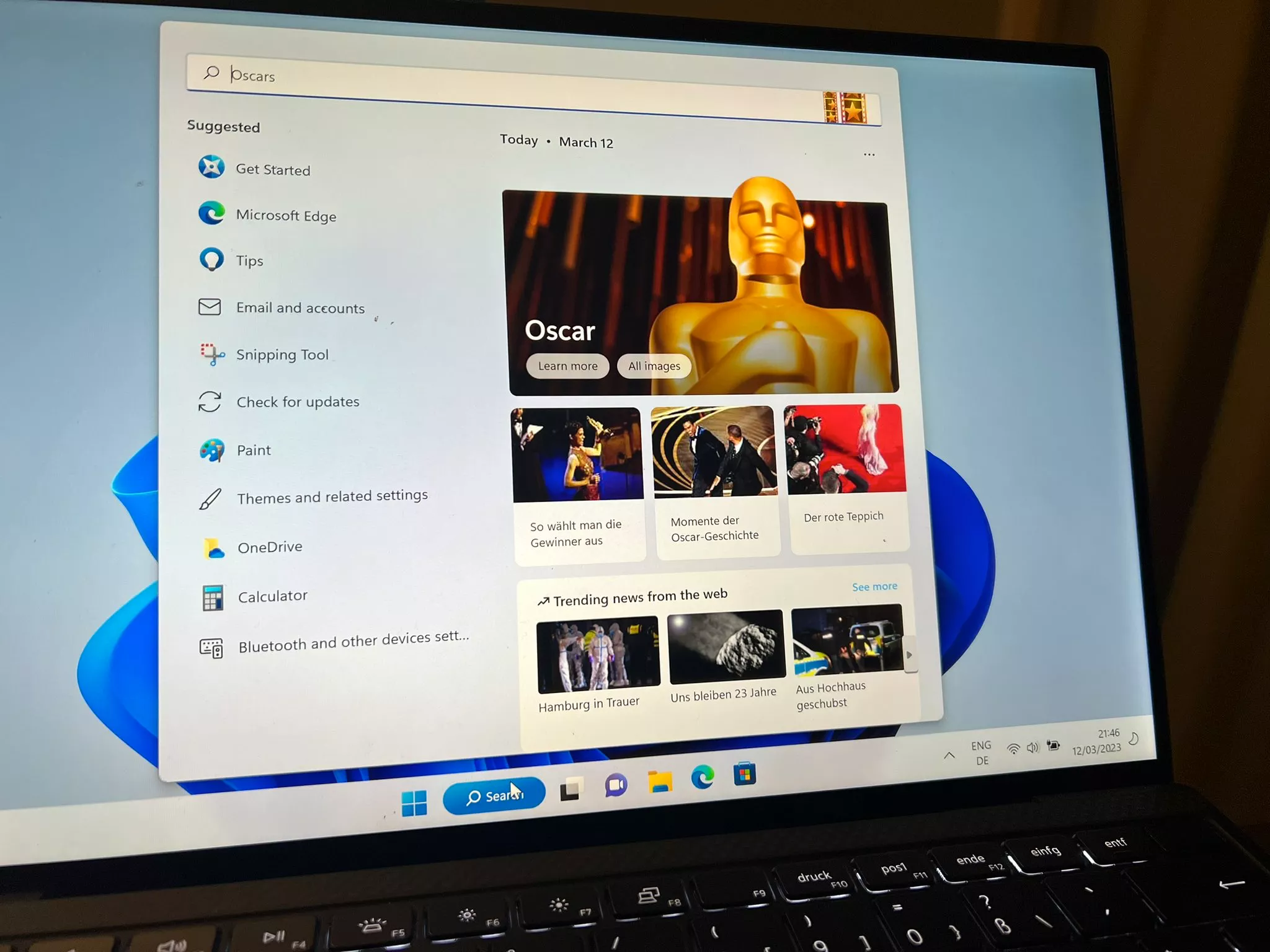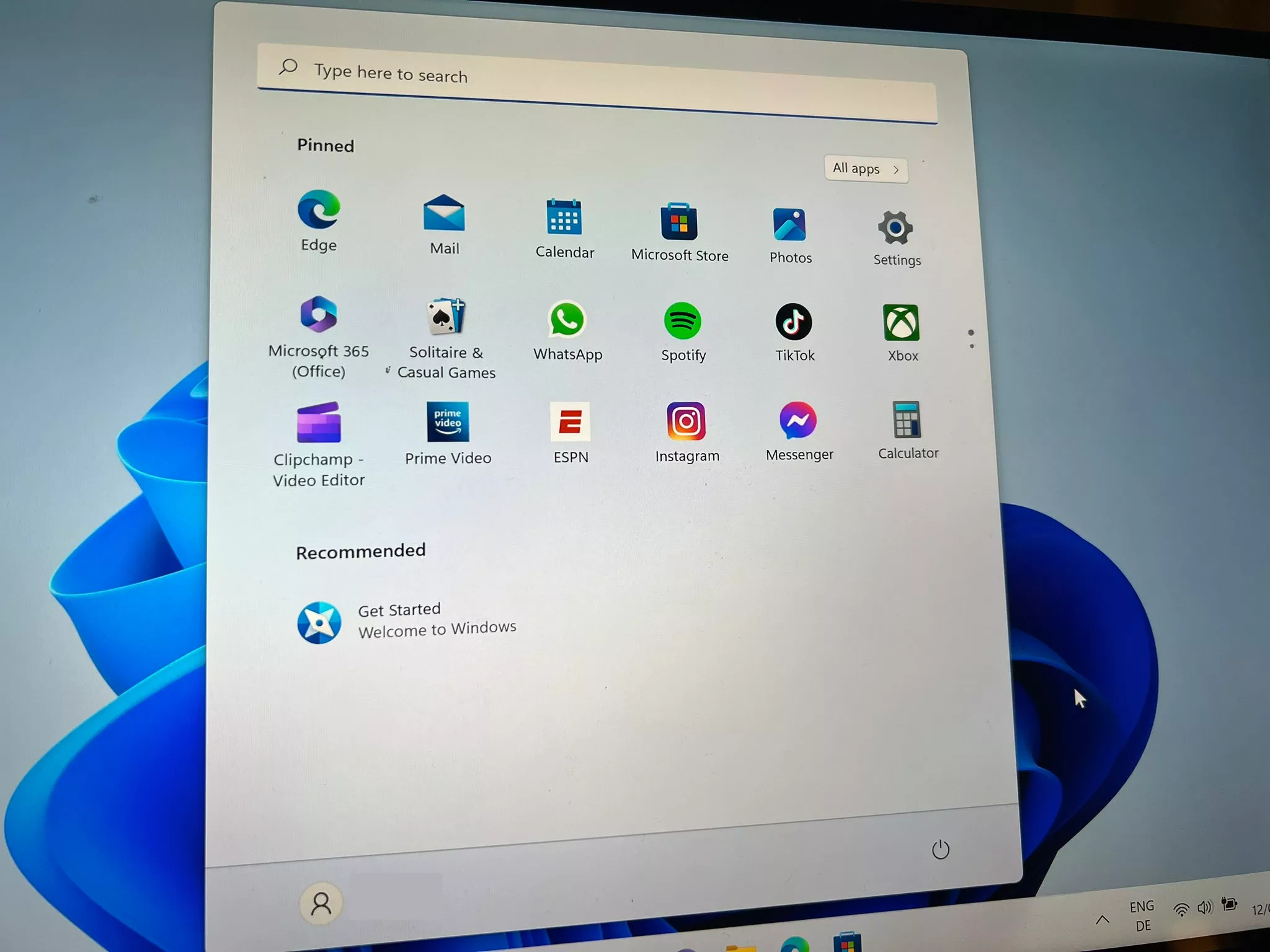The Day Windows Died
As a longtime user of Windows, it was my first choice when preparing the first computer for my son. But that didn't work out as expected.
Published on Sat, April 01, 2023
The Early Days
In 1995 there was no computer in my family's house. My father got himself a mechanical typewriter in the 1980s. That machine has been all I could get my hands on at home until then. Of course, I've been playing video games on computers over at friends'. And I remember exploring the PC with Windows 3.x on it whenever we visited a cousin of mine. But apart from that, I grew up relatively disconnected from any computer.
Windows 95

Then there was the launch of Windows 95. I remember vaguely pictures of the excitement of people who could grab their personal copy of it. My father must have also seen the news because we suddenly had a PC at home a little later. One morning, I snuck out to the study with my sister, booted the machine, and figured out how to play a game which we found some levels deep in the nested start menu. I also remember how stunned my parents were when they caught us. How on earth could he know how to use that device?
Now the excitement was all mine. So I started figuring things out and used all the resources which were available to me. Which, if I remember correctly, basically was a CD-ROM with some software demos and a few low-resolution video materials, some Corel Draw programs, and of course, all the stuff that shipped with Windows 95 itself.
Windows 98–7
A few years later, I got enough money to buy the first PC on my own. After I convinced my family that "the Internet" was a thing, they reluctantly allowed me to buy the modem I was talking about (probably for weeks). From my own money, of course. I put a cable from the telephone socket across the staircase into my room and went online. I still can hear that modem sound. Those early Internet adventures created a lot of heated discussions at home because the phone bill got out of control. I had to spend some school holidays working to pay off my debt. However, later my early "successes as a webmaster" landed me an internship at a startup company. I remember keeping track of the number of times Windows (98 or ME, I cannot remember exactly) crashed during my short time there. It did crash a lot.
Things got better and more stable with Windows 2000, XP, Vista, and 7. I used all those during the following years while becoming a professional programmer and later an entrepreneur. I barely knew what I was doing back then, except for Windows. In that area, I had become an expert who knew it inside out.
Windows 8
That being said, Windows 8 was the last version I used daily. It was when I moved from web development to mobile development, which wasn't (and still isn't) possible to do without a Mac when targeting iOS. One day I decided it would be worth making the switch as I had developed an aversion to the new Metro UI of Windows anyway.
I have never looked back since. I stopped buying new laptops every few months and got myself a new MacBook every few years instead. I stopped counting crashes and dealing with anti-virus. At some point, even iCloud started to work flawlessly, and so, today, I use my computers mainly to create things and do what needs to be done, work-wise. macOS eventually also allowed me to stop caring about the underlying OS-related stuff, which was part of the game with Windows all the time. Remember defragmentation or cleaning up your registry? Interestingly, whenever I need to help someone with a Windows problem, I still know where to look and what to tweak. It seems like cycling, impossible to unlearn.
Windows 11
At least, so I thought. Then, a few weeks ago, a special moment came. I wanted to prepare my son's first own "computer." He obviously didn't grow up watching me typing on a mechanical typewriter. Still, all he knew so far from his first-hand experience was an iPad. A machine which, to this date in my book, is more suited to consume than to produce (although this conclusion drove Steve Jobs mad already with the iPad's first iteration more than a decade ago).
I want him to be able to dig deeper. To explore. To try things out, misconfigure, crash, fix, and re-install. To get a feeling for how things work below the surface and how they do not work. To learn how to type fast and efficiently. To create things. Maybe, one day, even to learn how to code if he's interested. That's not possible in the same way on an iPad, even though there are great apps for this and that. But there hardly is any opportunity to break out of the usual.
So I pulled a Dell laptop from a drawer under my desk and set up Windows 11. So far, I have only used it a couple of times to debug old software I wrote long ago that needed some fixes. In other words: I did not pay attention.
That changed immediately after setting up the user account for my son. I already knew from Windows 10 that some diagnostics settings could no longer be switched off permanently. But what I found here blew me off.

First, there was news about a mass shooting that had occurred only recently. In the middle of the search menu. The menu which was supposed to be one of the first touch points with that computer for the kid. Not okay. But after some time, I figured out how to switch that off.

Next. The start menu. Links to WhatsApp, TikTok, Xbox, Instagram, and others. What the actual fuck? That kid is 10, and TikTok is one of the things I am actively trying to prevent from getting into his world as long as possible. Why is this pre-installed on a clean Windows installation? Not okay. So I spent some time uninstalling all those apps. Only to figure out they were not gone from the system but only from his account's start menu. After setting up a separate admin account, everything appeared there as well. Again: What the actual fuck?
Next: Casual games. Minesweeper, Solitaire… who didn't waste time with those in the 1990s? Now they are cluttered with in-app purchase offerings. And so are other parts of the system that try to sell Microsoft 365 subscriptions. What the…
So, there is basically little you can do with Windows out of the box but buy subscriptions and log into pre-installed social media apps. One thing I knew right on the spot: That's not an environment I want my kid to make his first steps "on a real computer." Not in a hundred years. Never.
Some people recommended tools to me which can be used to switch most of those things off. But honestly: How do you trust a system (or its manufacturer) if you can't even know if those settings, which you deliberately chose, persist? What if I remove app x for a reason, and it suddenly pops up again after the next Windows update? Or the news section in the search menu? No way. I can no longer see a good use case for it, at least not in my home.
That's when Windows died for me.
Drop me a line and let me know!